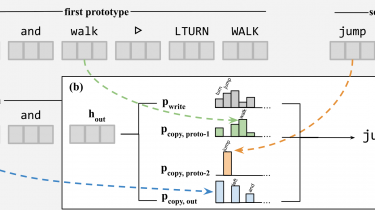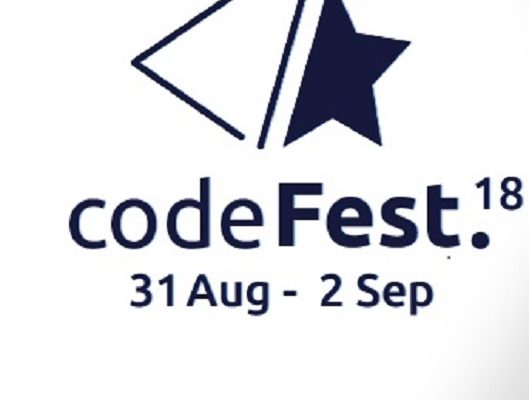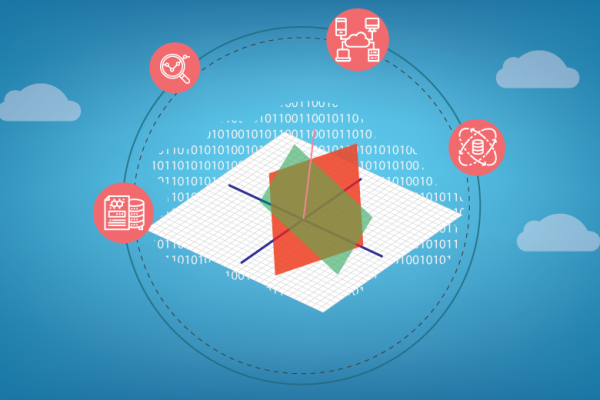How to Develop Elastic Net Regression Models in Python
Regression is a modeling task that involves predicting a numeric value given an input. Linear regression is the standard algorithm for regression that assumes a linear relationship between inputs and the target variable. An extension to linear regression involves adding penalties to the loss function during training that encourage simpler models that have smaller coefficient values. These extensions are referred to as regularized linear regression or penalized linear regression. Elastic net is a popular type of regularized linear regression that […]
Read more








